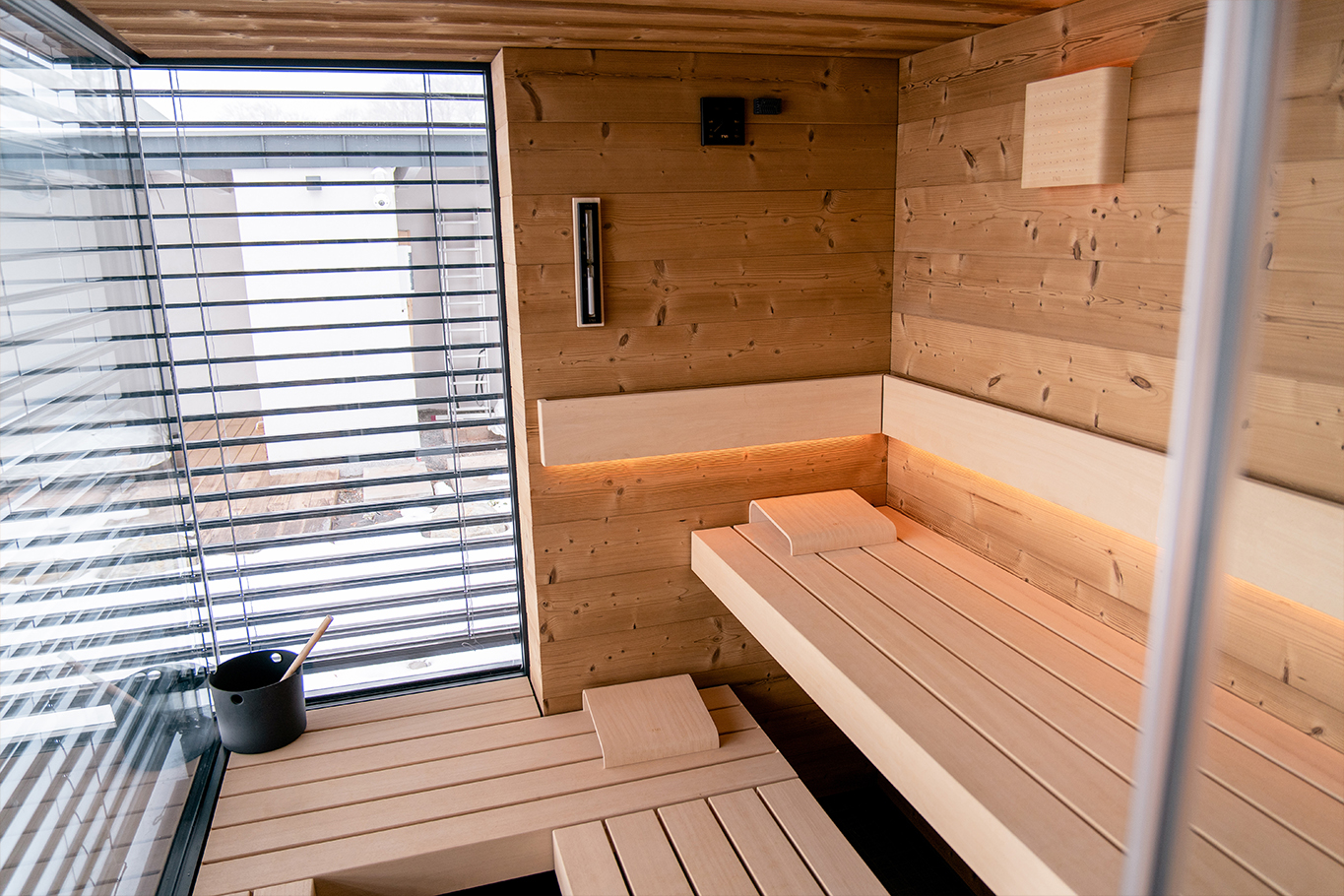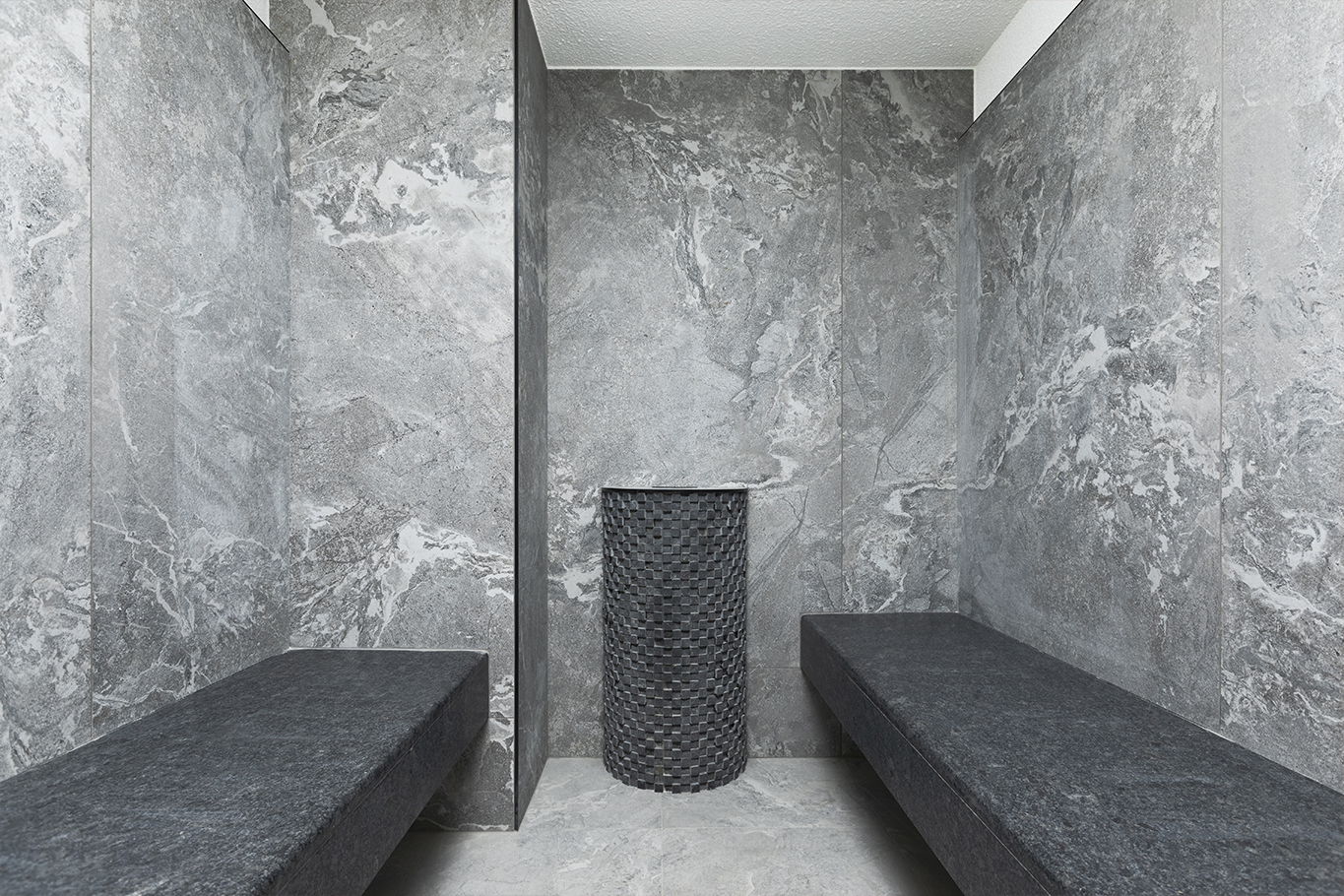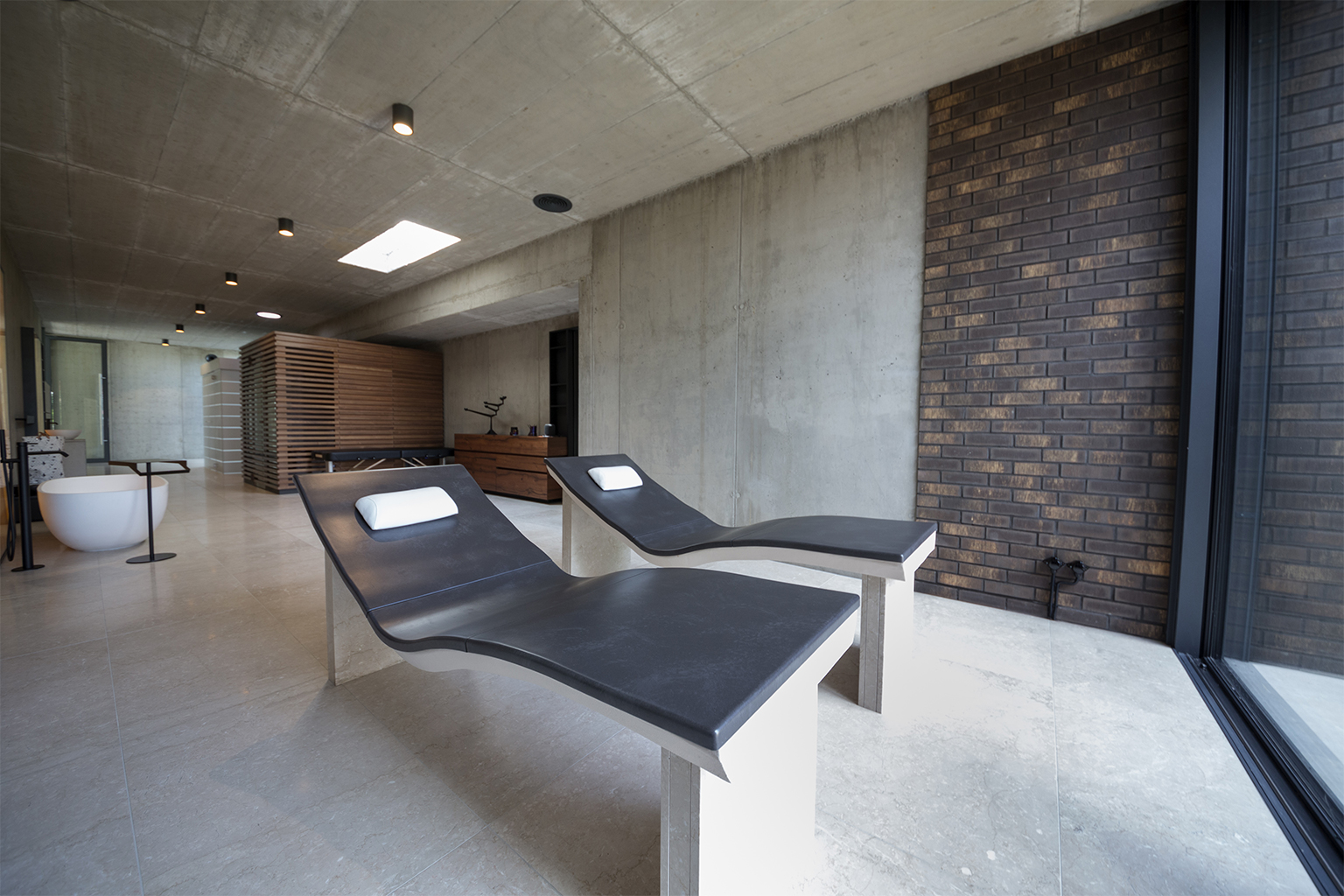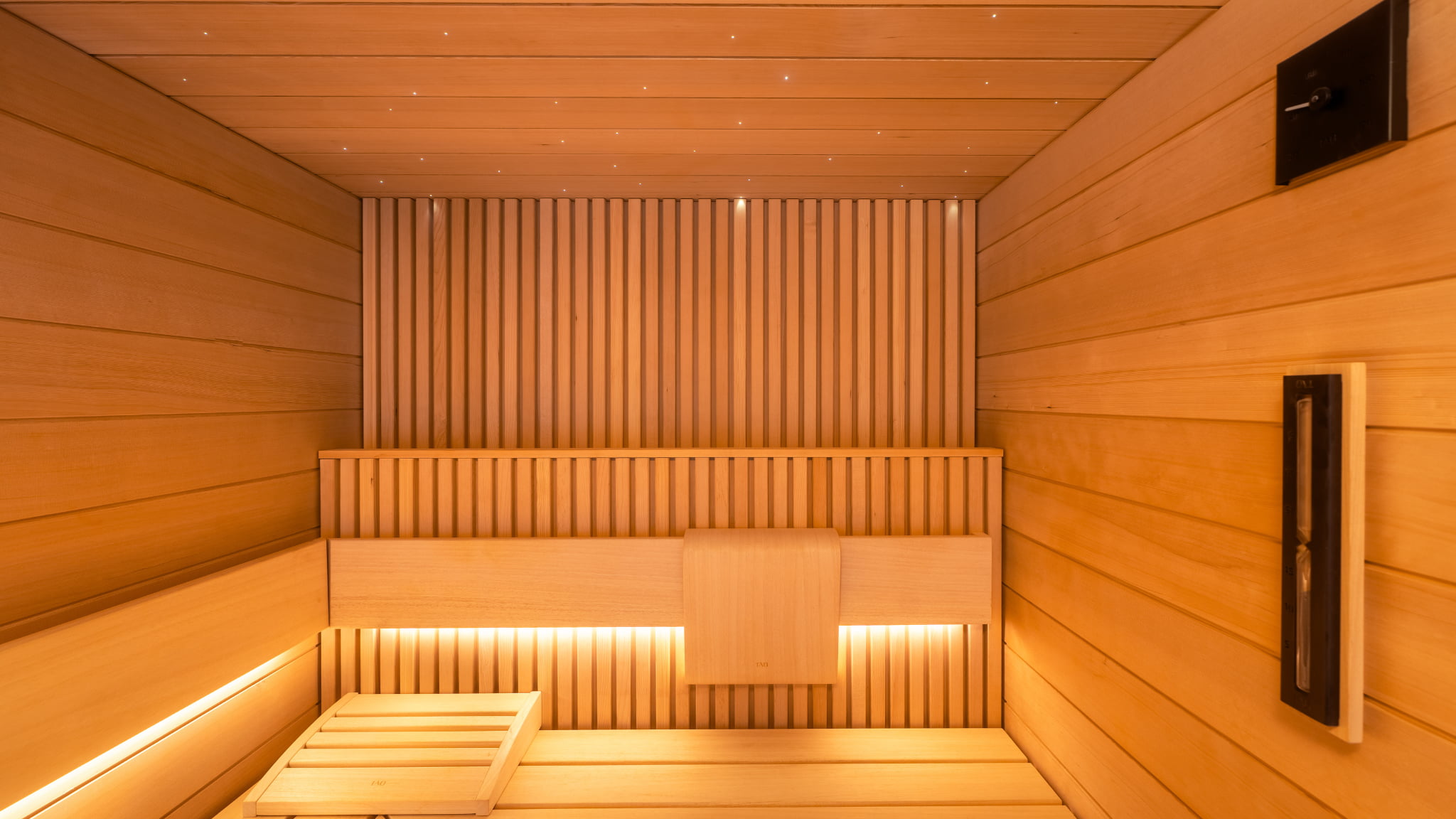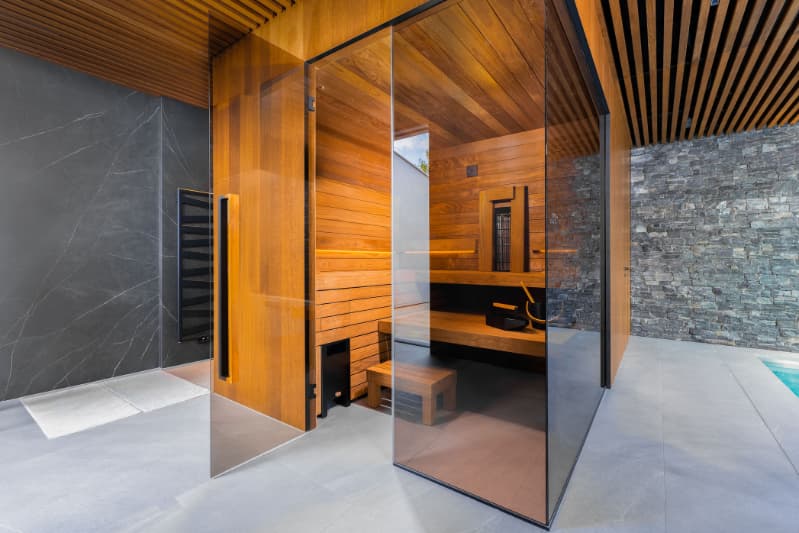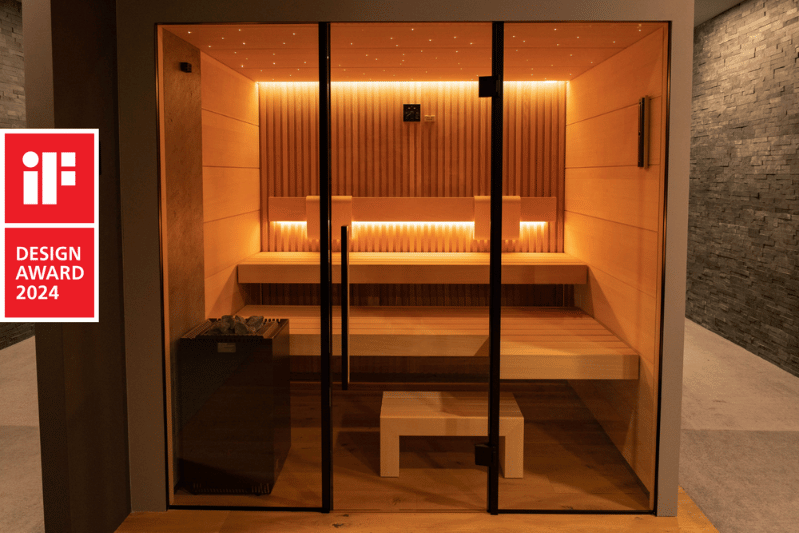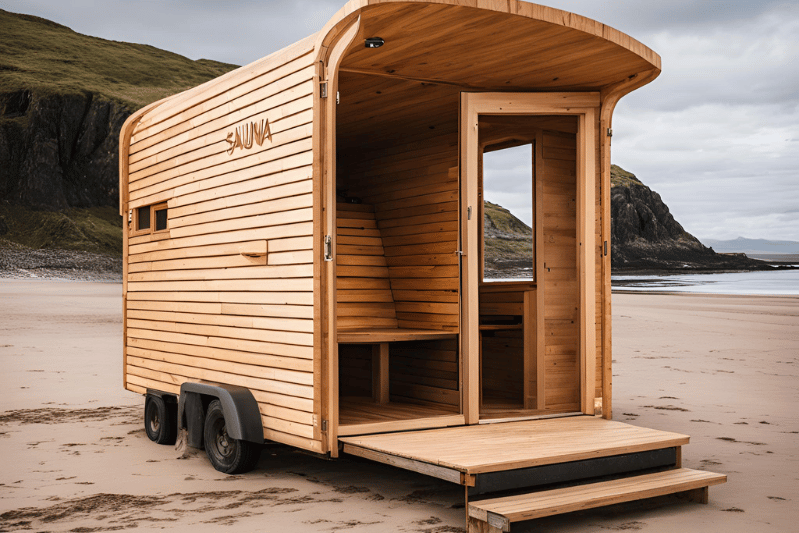Sauna – health and relaxation in one
The Finnish sauna, followed by rapid cooling, is a type of hardening that you can adapt to your needs and your body’s capabilities. It can also be enhanced with various sensory therapies – theme music, aromatherapy or light therapy.
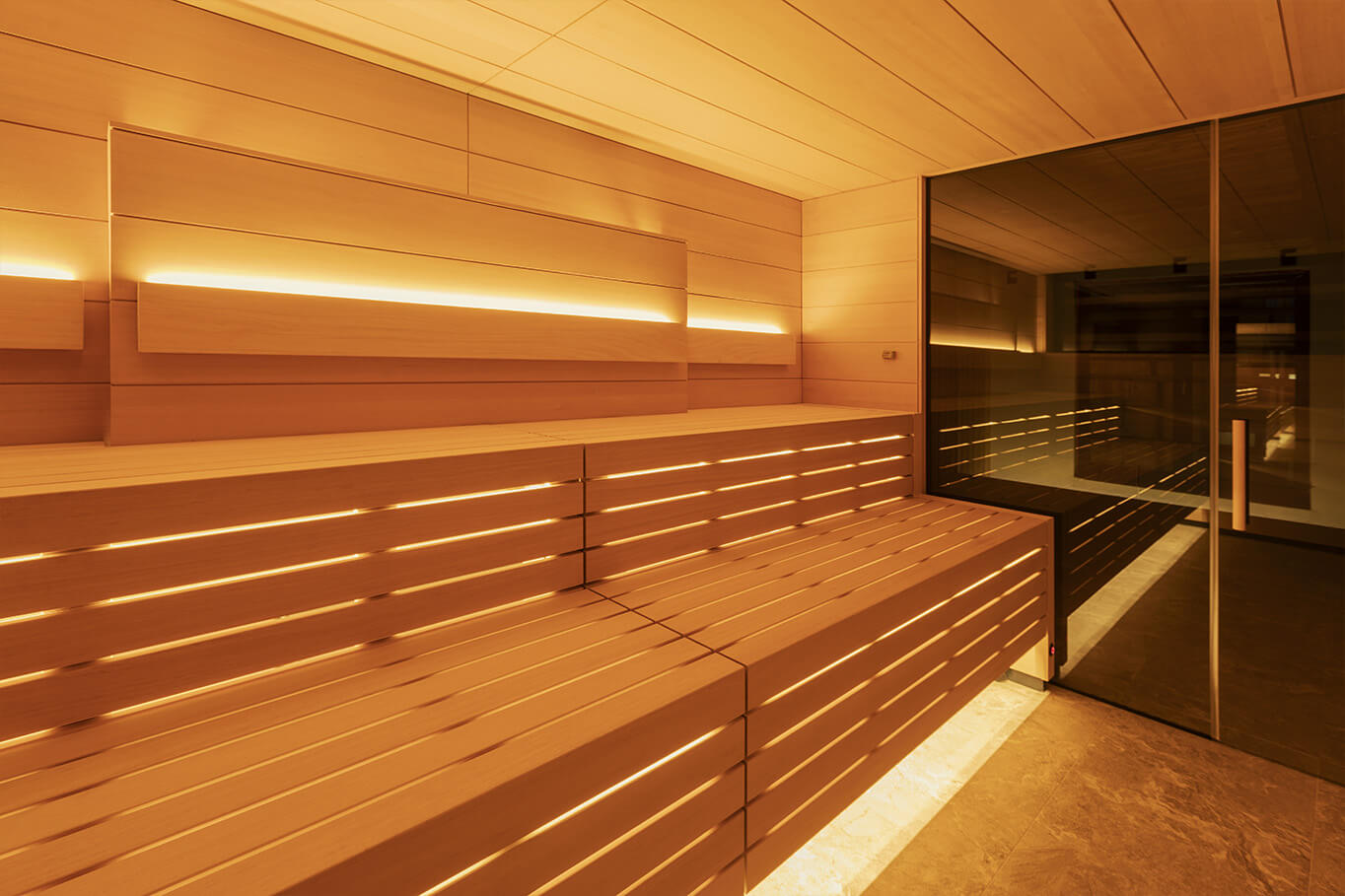
The sauna has many benefits and for many people it is a form of relaxation after a busy day. It can also be enhanced with various sensory therapies – theme music, aromatherapy or light therapy.
Sauna and its health benefits
The fight against bacteria and viruses has intensified in recent years and many of us are working hard to improve our immune systems. Saunas and sauna use in general have a positive effect on health. This has been proven by many international studies. For example, Polish scientists have found that saunas help athletes lose weight and stimulate the immune system.
A study by Walter Crinnion shows the positive effects of sauna use on people with high blood pressure, heart attacks and heart failure. In general, the sauna has a positive effect on a number of body organs – the pancreas, chronic inflammation of the gall bladder, the small and large intestine, the musculoskeletal system, the skin, the cardiovascular system, the respiratory system, the neurovegetative system and the psyche. The sauna is also very useful for rehabilitation after injuries, intervertebral disc syndrome, muscle tension or tendonitis.
According to Pilch, the Finnish sauna has a proven effect on fat metabolism, which is particularly important for patients suffering from coronary diseases caused by atherosclerosis. A study of 20 young women showed noticeable changes in lipid metabolism – a reduction in cholesterol, LDL and an increase in HDL cholesterol – after only the seventh visit to the sauna.
Other studies say that if you go to the sauna at least three times a week, you can boost your immunity by up to 60%. If you are a sauna enthusiast and no longer want to commute to sauna centres or other public saunas, we recommend getting a good quality sauna for your home.
More information about TAO saunas
What type should I choose?
What are the advantages of an outdoor sauna and what are the advantages of an indoor sauna? We will present both types of sauna according to their location to make it easier for you to decide.
Outdoor sauna – tradition and connection with nature
Outdoor saunas originated thousands of years ago. The outdoor sauna represents a return to the roots – a connection with the surrounding nature, fresh air or beautiful scenery. For many people, sauna buildings are a symbol of romance and a place to get away from it all. The traditional Finnish sauna is generally suited to the outdoor type of sauna. You will find a rich tradition of Finnish saunas in Scandinavia, Siberia or the European part of Russia.
An outdoor sauna should look good, so that it fits in with your garden or terrace and you feel comfortable in it. It is important that it is built with quality materials that can withstand the weather and last a long time. The outdoor sauna can be designed as a freestanding sauna house, as a multifunctional garden building with sauna and accessories, or as a sauna integrated into the house with access to the garden.
The advantage of an outdoor sauna is that it can be built to any size and layout, and can be cooled in the snow, a cooling pool or a shower. Disadvantages include higher purchase costs, more demanding requirements for construction, insulation and choice of cladding material. In general, an outdoor sauna has higher running costs.
Home sauna – privacy and comfort in one
Most people buy a home sauna for their finished house or apartment. But trends are changing. Nowadays, many people think about a sauna when they are furnishing their home. A Finnish sauna, for example, requires a good air supply and frequent ventilation. That’s why it’s best to consider this at the beginning of the project.
The most common places to place a home sauna in an apartment or detached house are in the bedroom, bathroom, separate wellness room or cellar, or on the veranda, terrace, balcony or conservatory.
The advantage of a home sauna is complete privacy. It is also easier to build, easier to install, easier to maintain, easier to see into the garden, and lower running or purchase costs. Disadvantages include less contact with nature or the need to reserve a large enough space. However, a home sauna can be small enough to fit anywhere. Read more about our offer.
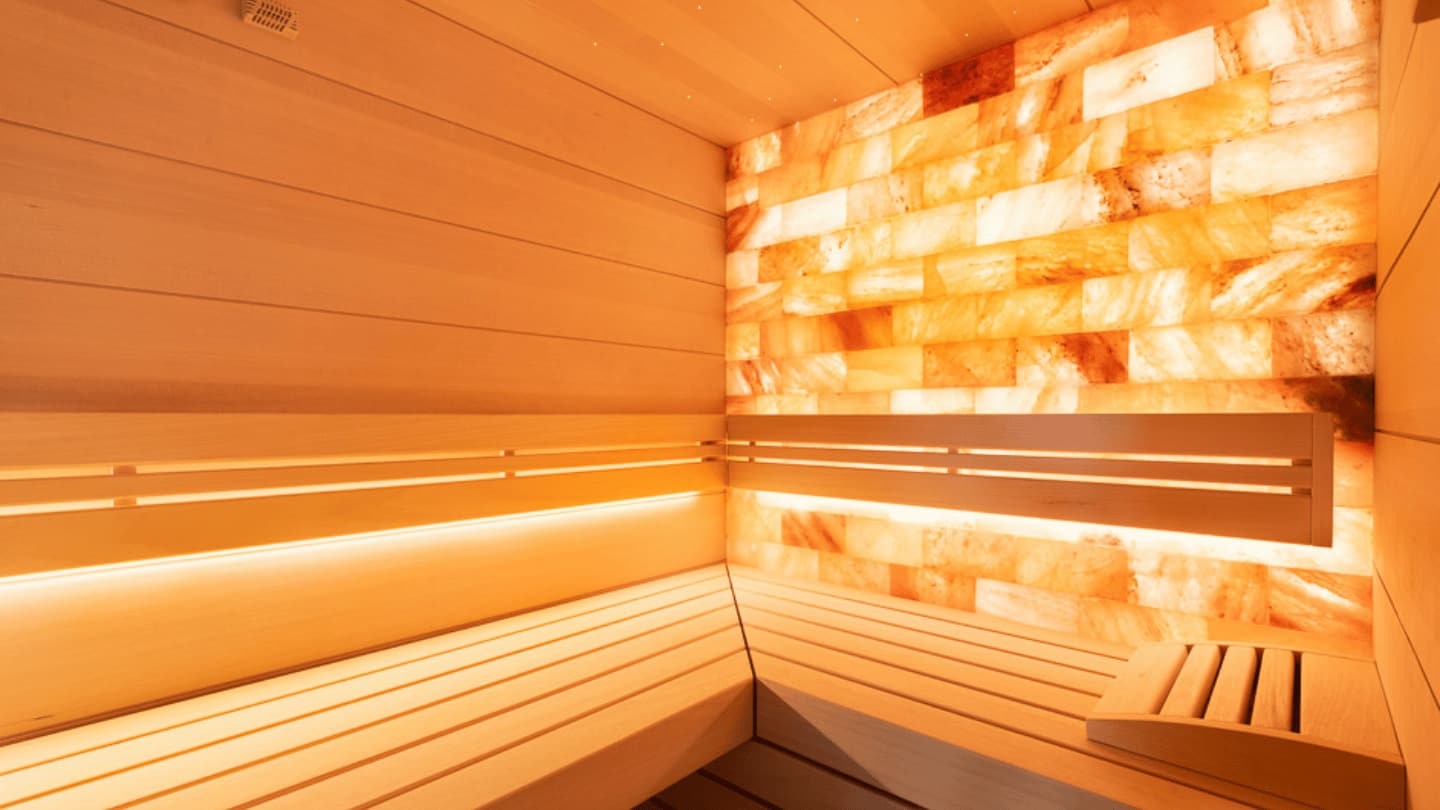
Finnish sauna, bio sauna, steam sauna or infrared sauna?
Which type of sauna should I choose? There are several types of sauna – classic Finnish sauna, bio sauna with lower temperatures, steam sauna, infrared sauna and other types such as herbal sauna or tropical sauna. Let’s look at the most popular ones.
Finnish sauna – heats up to 105°C with very dry air. The sauna cycle lasts about 15 minutes, followed by a sharp cool-down in the cooling pool. The efficiency of the Finnish sauna is increased by the use of stones. To get the most benefit from the sauna, it is generally recommended to visit the Finnish sauna 2-3 times a week. A Finnish sauna can help you boost your immunity, detoxify your body, relax your muscles or even help your psyche.
Bio and herbal saunas – These two types of sauna are ideal for everyone. You can heat the bio sauna to ‘only’ 60 degrees and enjoy the full power of the herbs. This type of sauna has a positive effect on the skin, hair and respiratory system. The humidity is higher in a bio-sauna. It is recommended to heat the herbal sauna to 30-50 degrees. The humidity is lower and the effects of aromatherapy can be fully appreciated.
Infrared sauna – In an infrared sauna, radiant heat is applied to your skin. This makes you sweat a lot. The temperature in an infrared sauna is much lower than in a traditional Finnish sauna. It’s around 50 degrees. A session lasts 30 to 40 minutes. Infrared saunas are popular in small homes because they do not require much ventilation.
Steam sauna – This type of sauna has high humidity. The temperature in a steam sauna reaches 40 to 50 degrees. The steam is produced by a steam generator. The steam sauna helps with breathing and coughing. In general, however, a steam sauna is more difficult to build because of the need for a good vapour barrier, waterproofing and lighting.
Quality sauna vs. conventional sauna, or why it’s worth the investment
Before choosing a sauna, you need to consider the layout, location, materials, capacity or running costs. Quality saunas allow you to choose your own design, lighting or bench layout. Standard off-the-shelf saunas, whose dimensions are predetermined, cannot be customised.
Quality custom saunas, on the other hand, adapt to your needs and desires. You will especially appreciate custom sauna dimensions for home saunas that you want to place in smaller or specific spaces. The sauna can be connected to a smart home. This means, for example, that you can start the sauna when you get home from work. The quality of the wood is also important in terms of maintenance and appearance, which can change with use.
Outdoor saunas require quality materials that can withstand the elements. This is where the investment pays off. You will enjoy your sauna for a long time without unnecessary problems. If you are thinking about investing in a quality sauna, you will also appreciate the option of combining a Finnish sauna with an organic or herbal sauna. Everyone in the household can choose what suits them best.
Why choose quality TAO saunas?
Our company specialises in the sale of quality saunas, pools and hot tubs. We also create exclusive private and commercial spas. What makes us different?
-The durability and quality of our products.
-TAO saunas made to measure with different dimensions and equipment – salt wall, glass wall, light therapy, starry sky, decoration, etc.
-We offer Czech saunas made in the Czech Republic.
-You can choose from Finnish saunas, steam saunas or combined saunas.
-Advice, care and quality service.



